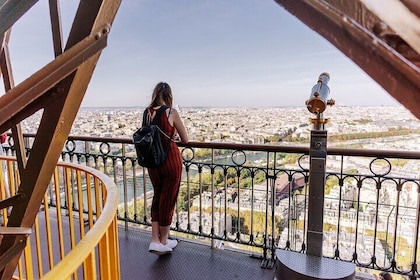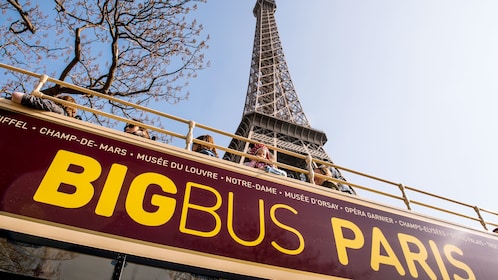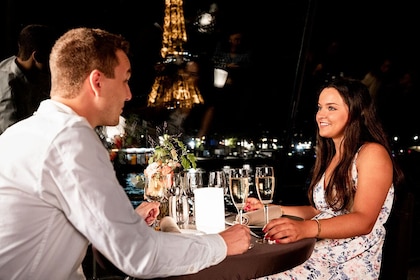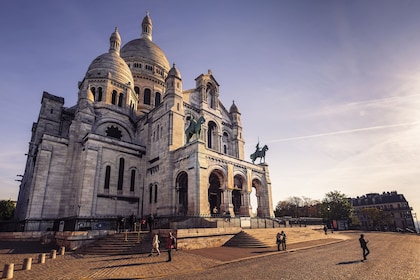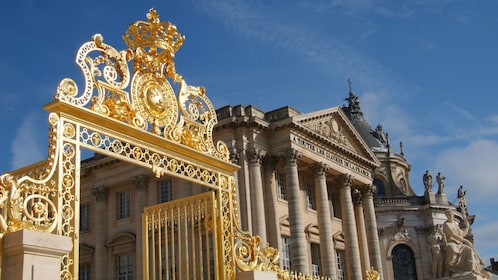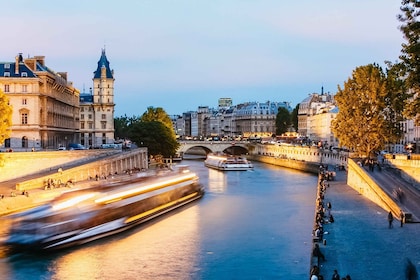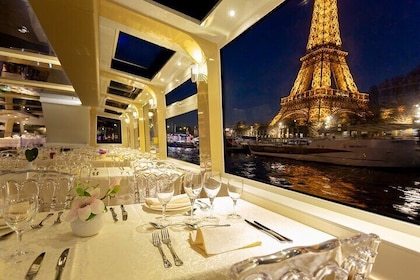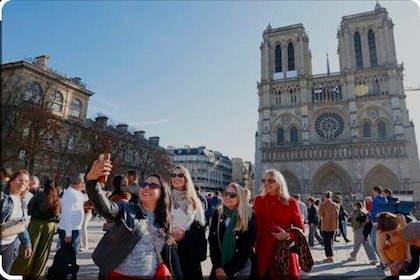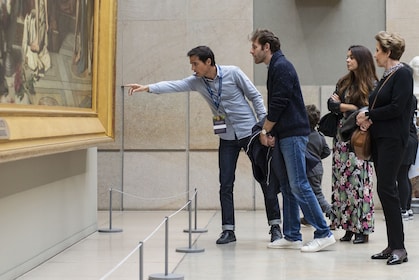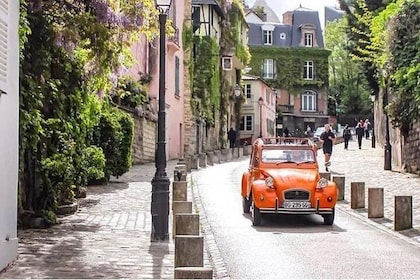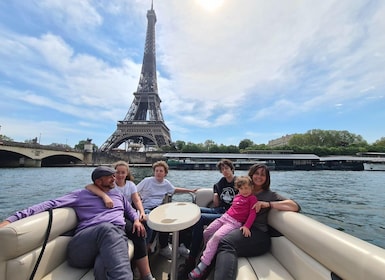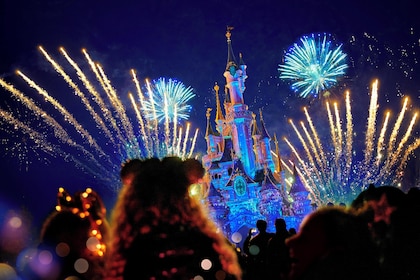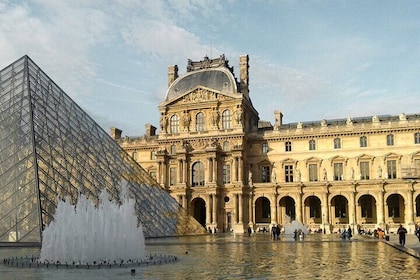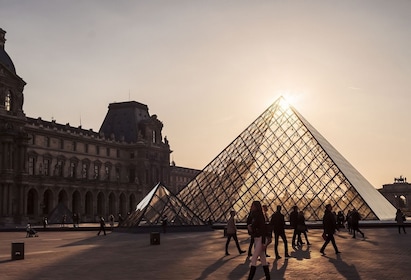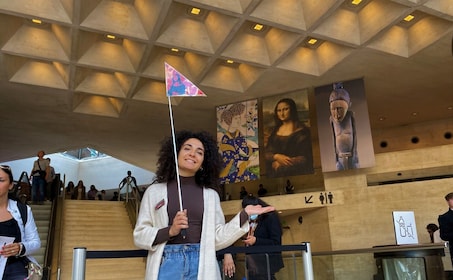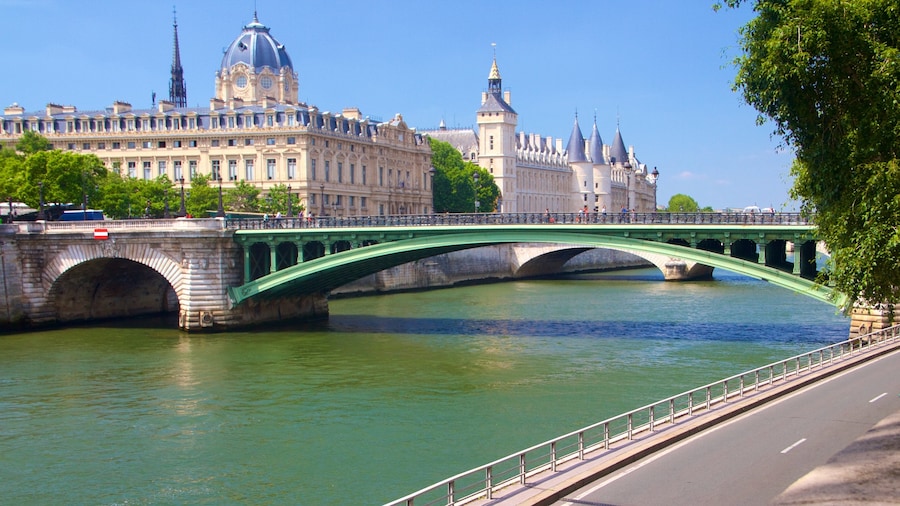This 850-year old majestic gothic monument offers awe-inspiring French art and architecture and a tranquil atmosphere within.
Notre Dame sits on le Île de la Cité, one of two natural islands situated in the middle of the Seine. Construction on the awe inspiring building at the heart of the city began in 1163, and was commissioned by Bishop Maurice de Sully to replace the 4th century cathedral dedicated to St. Stephen. Work was completed in the 14th century with the installation of the huge flying buttresses.
Visitors could spend hours contemplating the cathedral’s magnificent gothic exterior. An excellent vantage point is offered from the Seine, on one of the many boat tours of the city that pass by. The west façade, accessible from Place du Parvais, shows the cathedral’s exterior in all its glory. From this viewpoint, the spire and imposing towers are visible, as well as the large rose in the centre of the façade, featuring a sculpture of the Virgin with Child between two angels. Below is the Gallery of Kings, which reside above three portals - grand doorways adorned with ornately carved religious tableaus, which were restored by Viollet-le-Duc in the 19th century.
The cathedral’s interior offers peace, serenity and an opportunity for reflection. Visitors can light candles, pray or take a seat in the nave and listen to mass being said – the 11.30 a.m. mass on Sundays includes some prayers in English. Others can simply wander around, marvelling at the magnificent stained-glass windows, paintings and sculptures. The cathedral offers hour-long guided tours, which are free of charge, and take in the artistic and architectural features of the building, as well as providing a detailed history. Autoguides are available at a charge for self-guided tours that last about 35 minutes.
For an extra charge, visitors can ascend 387 steps into the towers, home to the hunchback of Victor Hugo’s classic novel The Hunchback of Notre Dame. The towers offer the opportunity to get up close and personal with the gargoyles and grotesques, or to see the 17th century Emmanuel bell, which weighs over 13 tons. Another ticketed option is to descend into the archaeological crypt below which houses remains and artefacts that date back over 2000 years.
The cathedral is open every day of the year between 8 a.m. and 6.45 p.m. or 7.15 p.m. at weekends. It’s easily accessible by car or by public transport.





